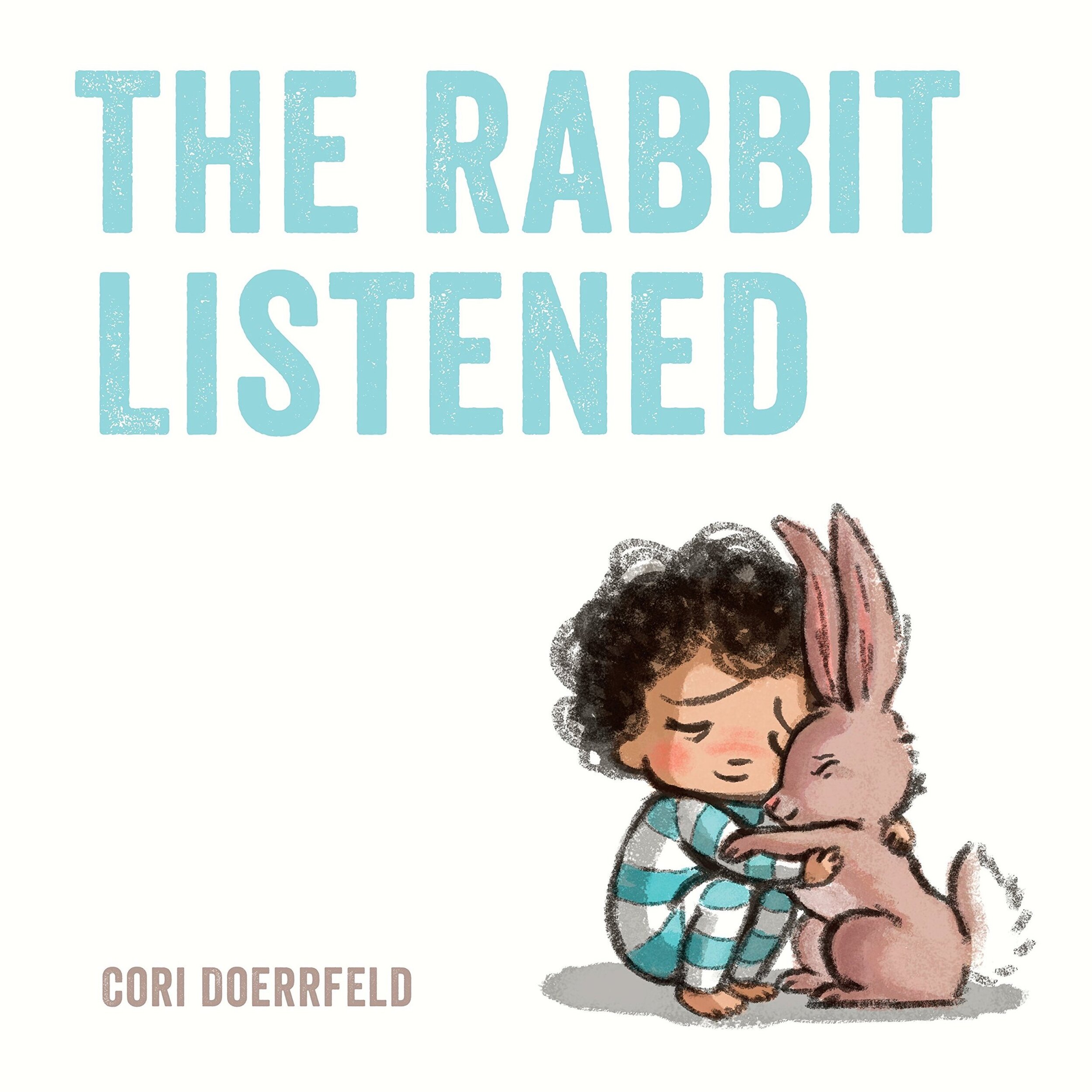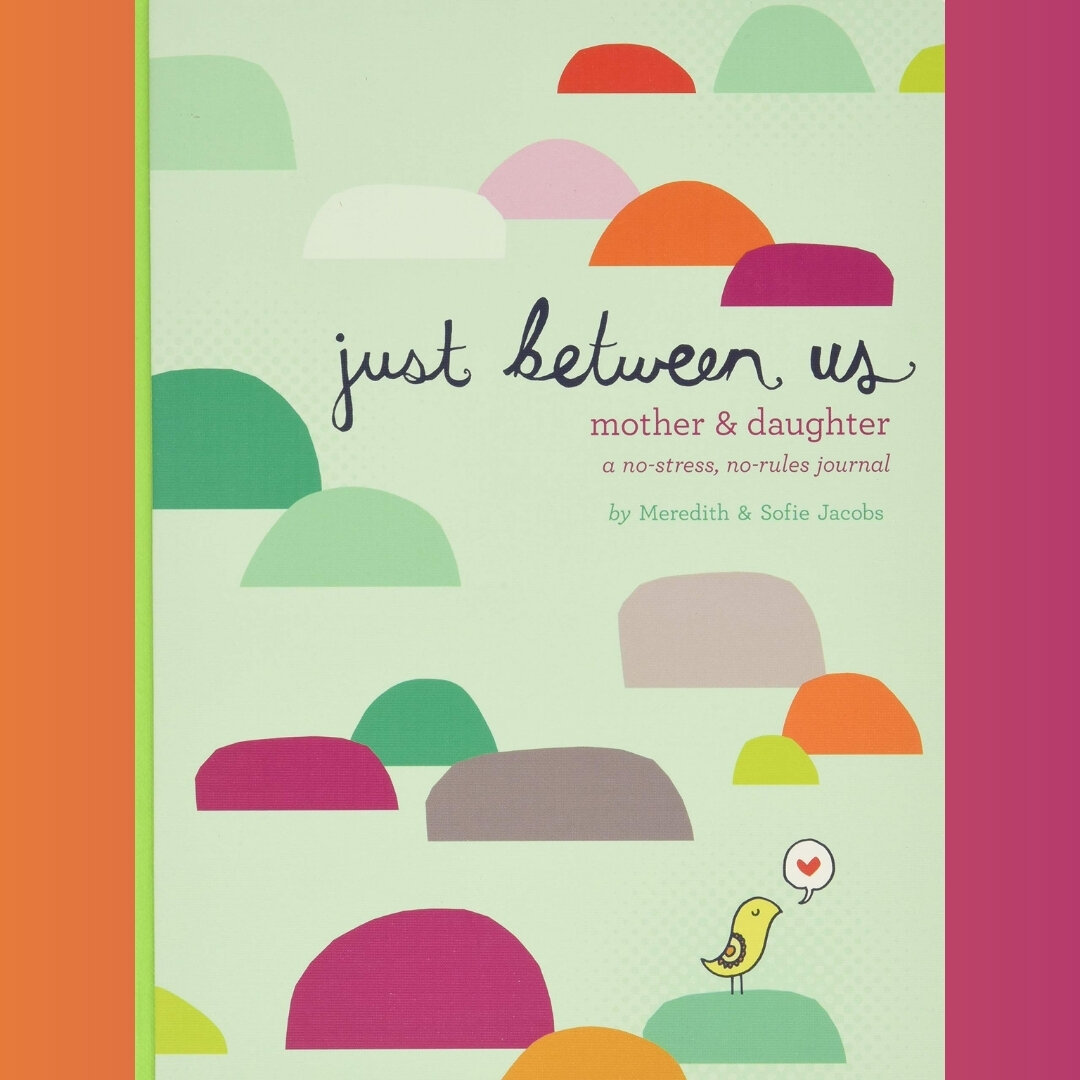Help your child open up with these books about mental health for kids and teens
Whether your child is a toddler or a teenager, there will be times when he or she cannot understand the emotions they are feeling or how to express them. Reading is a comfortable, safe way to start conversations with young children about their emotions and mental health; give children the language they need to express what they are feeling inside; and reinforce conversations that may already be happening at home, in school or in therapy. For older children — tweens and teens — workbooks are also a great way to navigate mental health and learn new coping skills.
There are tons of books out there that can help you and your family build emotional resilience and cope with issues like anxiety, sadness, bullying, loss and more. Here are some favorites handpicked by Oakland Family Services’ Specialized Services for Youth mental health specialists!
With the exception of the activity books, there are video read-alongs of most of these books on YouTube, so you can read them before purchasing or enjoy them for free!
FOR TODDLERS AND PRESCHOOLERS
Today I Feel Silly & Other Moods That Make My Day by Jamie Lee Curtis helps young children put words to their emotions and identify feelings like silliness, anger, excitement and loneliness.
The Rabbit Listened by Cori Doerrfeld helps children and families learn about empathy and how sometimes the best medicine is a listening ear.
Noodle & Lou by Liz Garton Scanlon is the tale of an unlikely bird-worm pair that explores sadness, friendship and positivity.
Brave As Can Be: A Book of Courage by Jo Witek helps children put fears and anxieties into perspective to inspire confidence and courage.
In My Heart: A Book of Feelings by Jo Witek helps little ones explore their big feelings — from happiness to heartbreak, sadness to hope, and fear to calm.
FOR BIGGER KIDS
Weird!, Dare! and Tough! by Erin Frankel address bullying in school by telling the same story from three different perspectives: the bullied (Weird!), the bystander (Dare!) and the bully (Tough!). Themes include self-esteem, confidence, courage and empathy.
Moody Cow Meditates by Kerry Lee MacLean is a great way to introduce children to processing negative emotions through mindfulness and meditation. Moody Cow’s story continues in Moody Cow Learns Compassion.
Scaredy Squirrel by Mélanie Watt is the first of eight books in a series about a squirrel who learns to cope with his big fears and anxiety about the unknown and unexpected.
FOR TWEENS AND TEENS
The Self-Compassion Workbook for Teens by Karen Bluth helps teens learn to be kind to themselves and embrace who they are. Teens are often their own worst critics, and this workbook aims to help them move past feelings of stress and insecurity to embrace their authentic selves.
Anxiety Relief for Teens by Regine Galanti gives teens strategies based in cognitive behavioral therapy and mindfulness to cope with anxiety and stress, reverse negative patterns and manage emotions like anger and sadness.
The Teen Girl’s Survival Guide by Lucie Hemmen guides girls through making friends, avoiding drama and coping with social stress to help them create healthy relationships and become more socially confident.
Just Between Us by Meredith, Sofie and Jules Jacobs is a series of shared journals that contain writing prompts, quizzes and other activities to strengthen bonds between family members at the vulnerable pre-teen/teenage stage. There are versions for mother and daughter, mother and son, grandmother and granddaughter, and sisters.
Wreck This Journal by Keri Smith is a series of artistic journals that encourage the writer to decorate, paint, shred, destroy and collage over pages of the book. It is an emotional and creative outlet perfect for doodlers, first-time journalers or those who have trouble sticking to a written journal.
Creative Coping Skills for Teens and Tweens by Bonnie Thomas gives young people tools to care for their physical and mental health, including arts and crafts, nutrition, mindfulness and yoga. Topics include managing stress, recognizing red flags in a relationship and more.
Surviving the Emotional Roller Coaster by Sheri Van Dijk offers strategies based in dialectical behavior therapy to help teens manage emotional highs and lows, build healthy relationships and feel more confident.
Mindfulness for Teen Anxiety by Christopher Willard is a workbook focused on overcoming symptoms of anxiety like panic attacks, chronic worry and feelings of isolation. The book offers strategies on identifying common triggers, time management, keeping calm in stressful moments and more.
ON GRIEF AND LOSS
The Invisible String by Patrice Karst is a heartwarming story that tells children about an invisible string that connects them to all the people they love. In addition to grief, this book can also help children cope with separation anxiety and divorce.
Dinosaurs Divorce: A Guide for Changing Families by Laurie Krasny Brown and Marc Brown helps children and parents thoughtfully explore the meaning of divorce and the many changes that come with it. With familiar illustrations by Arthur author and illustrator Marc Brown, Dinosaurs Divorce covers topics including why parents divorce, what children may feel after divorce, what it is like to live with a single parent and to have two homes, and what happens if a parent gets remarried.
When Dinosaurs Die: A Guide to Understanding Death by Laurie Krasny Brown gently and thoroughly explores the meaning of death, feelings children may experience after death, and how different families say goodbye to and commemorate loved ones who have died. When Dinosaurs Die answers questions like “What does alive mean?”, “Why does someone die?”, “What does dead mean?” and “What comes after death?”
Draw It Out by Steffanie Lorig and Rosalie Frankel is a therapeutic activity book geared at children in about third through fifth grade. It gives kids a space to address the emotions they may not have the words to discuss and can act as a springboard for deeper conversations about their feelings, their support systems and their experiences with grief and loss.
The Goodbye Book by Todd Parr is told through the lens of a pet fish who has lost his companion. It explores all the waves of emotions children may feel when experiencing loss and ends on a hopeful note about love, support and remembering happy times together.























































